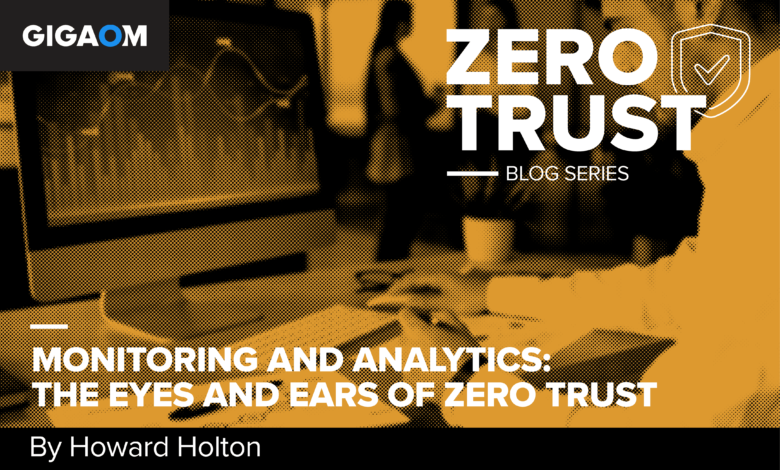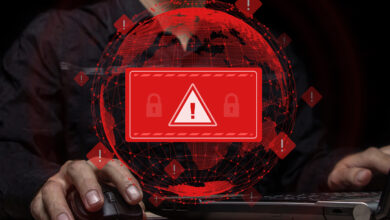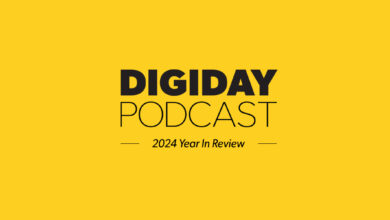Monitoring and Analytics: The Eyes and Ears of Zero Trust

Welcome back to our zero trust blog series! In our previous post, we took a deep dive into API security and explored best practices for securing this critical component of modern application architectures. Today, we’re turning our attention to another essential aspect of zero trust: monitoring and analytics.
In a zero trust model, visibility is everything. With no implicit trust granted to any user, device, or application, organizations must continuously monitor and analyze all activity across their environment to detect and respond to potential threats in real-time.
In this post, we’ll explore the role of monitoring and analytics in a zero trust model, discuss the key data sources and technologies involved, and share best practices for building a comprehensive monitoring and analytics strategy.
The Role of Monitoring and Analytics in Zero Trust
In a traditional perimeter-based security model, monitoring and analytics often focus on detecting threats at the network boundary. However, in a zero trust model, the perimeter is everywhere, and threats can come from any user, device, or application, both inside and outside the organization.
To mitigate these risks, zero trust requires organizations to take a comprehensive, data-driven approach to monitoring and analytics. This involves:
- Continuous monitoring: Collecting and analyzing data from all relevant sources, including users, devices, applications, and infrastructure, in real-time.
- Behavioral analytics: Using machine learning and other advanced analytics techniques to identify anomalous or suspicious behavior that may indicate a potential threat.
- Automated response: Leveraging automation and orchestration tools to quickly investigate and remediate potential threats, minimizing the impact of security incidents.
- Continuous improvement: Using insights from monitoring and analytics to continuously refine and optimize security policies, controls, and processes.
By applying these principles, organizations can create a more proactive, adaptive security posture that can detect and respond to threats faster and more effectively than traditional approaches.
Key Data Sources and Technologies for Zero Trust Monitoring and Analytics
To build a comprehensive monitoring and analytics strategy for zero trust, organizations must collect and analyze data from a wide range of sources, including:
- Identity and access management (IAM) systems: Data on user identities, roles, and permissions, as well as authentication and authorization events.
- Endpoint detection and response (EDR) tools: Data on device health, configuration, and activity, as well as potential threats and vulnerabilities.
- Network security tools: Data on network traffic, including flow logs, packet captures, and intrusion detection and prevention system (IDPS) events.
- Application performance monitoring (APM) tools: Data on application performance, errors, and potential security issues, such as injection attacks or data exfiltration attempts.
- Cloud security posture management (CSPM) tools: Data on cloud resource configurations, compliance with security policies, and potential misconfigurations or vulnerabilities.
To collect, process, and analyze this data, organizations can leverage a range of technologies, including:
- Security information and event management (SIEM) platforms: Centralized platforms for collecting, normalizing, and analyzing security event data from multiple sources.
- User and entity behavior analytics (UEBA) tools: Advanced analytics tools that use machine learning to identify anomalous or suspicious behavior by users, devices, and applications.
- Security orchestration, automation, and response (SOAR) platforms: Tools that automate and orchestrate security processes, such as incident response and remediation, based on predefined playbooks and workflows.
- Big data platforms: Scalable platforms for storing, processing, and analyzing large volumes of structured and unstructured security data, such as Hadoop, Spark, and Elasticsearch.
By leveraging these data sources and technologies, organizations can build a comprehensive, data-driven monitoring and analytics strategy that can detect and respond to threats in real-time.
Best Practices for Zero Trust Monitoring and Analytics
Implementing a zero trust approach to monitoring and analytics requires a comprehensive, multi-layered strategy. Here are some best practices to consider:
- Identify and prioritize data sources: Identify all relevant data sources across your environment, and prioritize them based on their level of risk and criticality. Focus on collecting data from high-risk sources first, such as IAM systems, EDR tools, and critical applications.
- Establish a centralized logging and monitoring platform: Implement a centralized platform, such as a SIEM or big data platform, to collect, normalize, and analyze security event data from multiple sources. Ensure that the platform can scale to handle the volume and variety of data generated by a zero trust environment.
- Implement behavioral analytics: Leverage UEBA tools and machine learning algorithms to identify anomalous or suspicious behavior by users, devices, and applications. Focus on detecting behavior that deviates from established baselines or patterns, such as unusual login attempts, data access patterns, or network traffic.
- Automate incident response and remediation: Implement SOAR tools and automated playbooks to quickly investigate and remediate potential threats. Ensure that playbooks are aligned with zero trust principles, such as least privilege access and continuous verification.
- Continuously monitor and refine policies and controls: Use insights from monitoring and analytics to continuously refine and optimize security policies, controls, and processes. Regularly review and update policies based on changes in the threat landscape, business requirements, and user behavior.
- Foster a culture of continuous improvement: Encourage a culture of continuous learning and improvement across the organization. Regularly share insights and lessons learned from monitoring and analytics with stakeholders, and use them to drive ongoing enhancements to the zero trust strategy.
By implementing these best practices and continuously refining your monitoring and analytics posture, you can better protect your organization’s assets and data from the risks posed by evolving threats and changing business requirements.
Conclusion
In a zero trust world, monitoring and analytics are the eyes and ears of the security organization. By continuously collecting and analyzing data from all relevant sources, organizations can detect and respond to potential threats faster and more effectively than ever before.
However, achieving effective monitoring and analytics in a zero trust model requires a commitment to leveraging the right data sources and technologies, implementing behavioral analytics and automation, and fostering a culture of continuous improvement. It also requires a shift in mindset, from a reactive, perimeter-based approach to a proactive, data-driven approach that assumes no implicit trust.
As you continue your zero trust journey, make monitoring and analytics a top priority. Invest in the tools, processes, and skills necessary to build a comprehensive monitoring and analytics strategy, and regularly assess and refine your approach to keep pace with evolving threats and business needs.
In the next post, we’ll explore the role of automation and orchestration in a zero trust model and share best practices for using these technologies to streamline security processes and accelerate incident response.
Until then, stay vigilant and keep your eyes and ears open!
Additional Resources:



